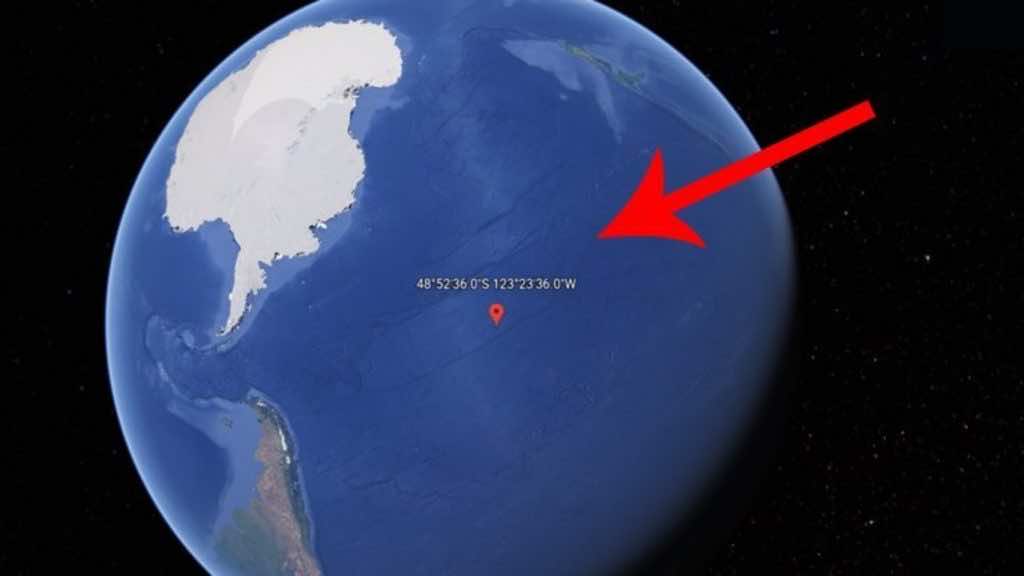NASA states that the International Space Station (ISS) will enter a remote part of the Pacific Ocean known as Point Nemo in early 2031 once the commercial space stations take over.
“The private sector is technically and financially capable of developing and operating commercial low-Earth-orbit destinations, with NASA’s assistance,” Phil McAlister, NASA’s director of commercial space, said.
“We look forward to sharing our lessons learned and operations experience with the private sector to help them develop safe, reliable, and cost-effective destinations in space.”
This report has come after NASA has stated that the Biden government decided to let the ISS work till 2030 and not till 2024.
NASA said the members of the 15-nation space station partnership would work in collaboration “to ensure there is no threat to the long-term viability of the ISS.”
In December, NASA gave $425.6 million to three commercial space station companies headed by Jeff Bezos’ Blue Origin space venture, Nanoracks and Northrop Grumman – to start working on concepts for commercial space stations suitable for low Earth orbit, or LEO. Axiom Space is already building a commercial module for the ISS that will become the springboard for a stand-alone space station.
NASA aims to choose at least one commercial space station project in 2025 to be certified to host its astronauts for missions in the future.
It is a possibility that some of the space station’s modules could be split off to become part of other orbital outposts during the transition. It will lower the orbit of the old station’s remaining modules during the latter half of the 2020s, building up to a climax in 2030.
NASA’s current scenario calls for three Russian-built Progress supply spacecraft to fire their thrusters while docked to the station for a months-long deorbit operation. Other spacecraft, perhaps including Northrop Grumman’s Cygnus cargo ship, might also play a part.
A crew would be available at the station for the initial months of the deorbit operation, but the later stages would be run remotely after the last crew’s departure, toward the end of 2030.
Ground controllers would manage the station’s descent so that the final, plunge through the atmosphere would happen in early 2031 over a “spacecraft cemetery” known as the South Pacific Oceanic Uninhabited Area.
Point Nemo is a spot that’s located between New Zealand and the coast of Chile, 1,670 miles away from the nearest speck of land would be the target point for falling debris. Earlier obsolete spacecraft have been dumped there.
“By the early 2030s, NASA plans to purchase crew time for at least two – and possibly more – NASA crew members per year aboard [commercial LEO destinations] to continue basic microgravity research, applied biomedical research, and ongoing exploration technology development and human research,” the report said.
By 2033, NASA hopes to save almost US$1.75 billion a year from this transition.

